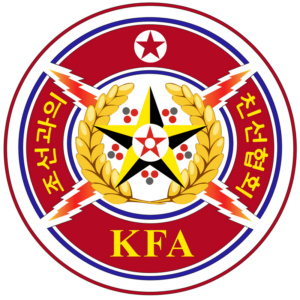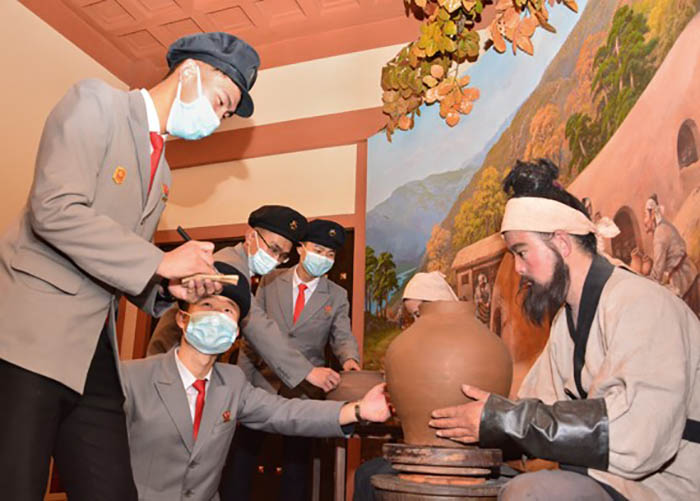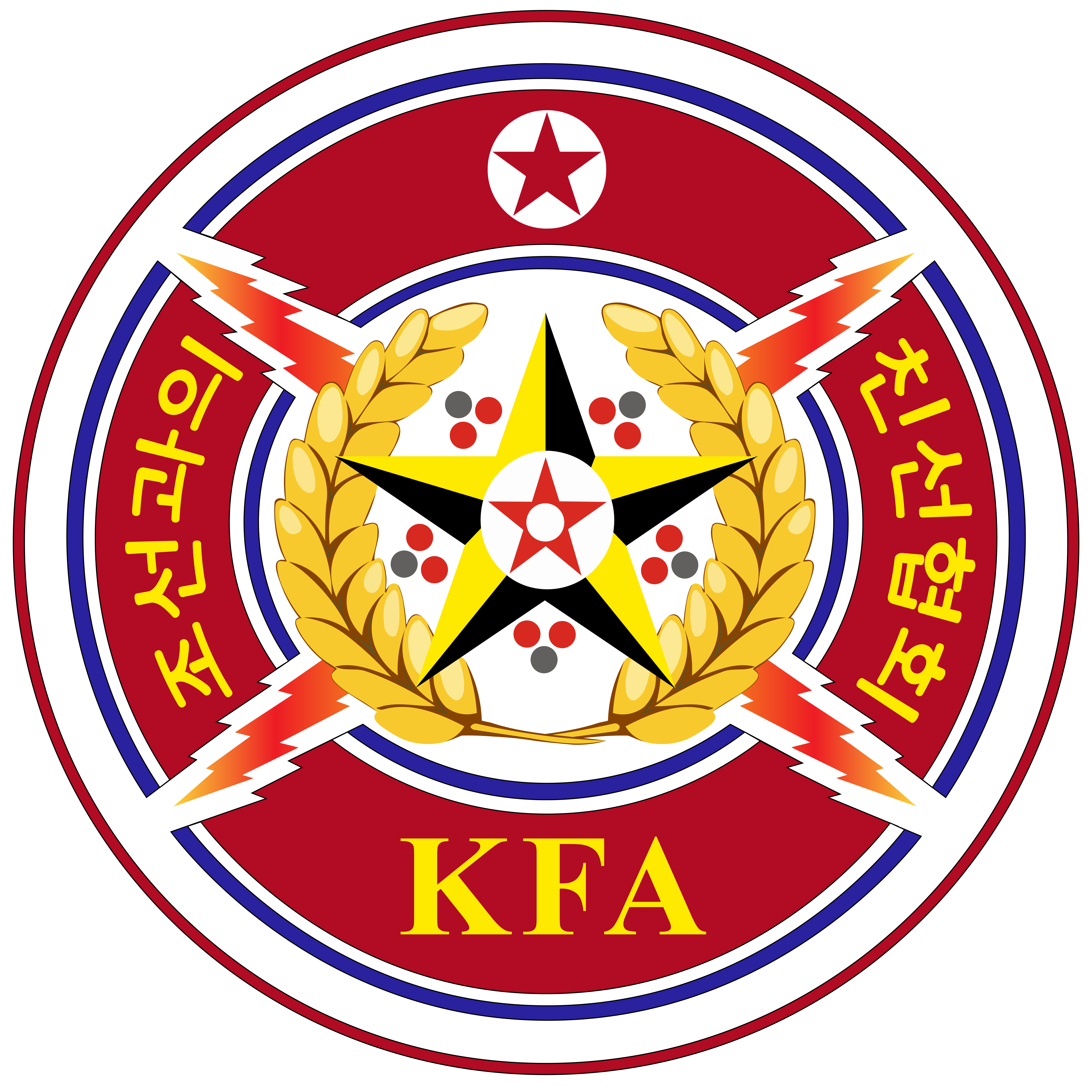News
Rangnang Civilization
Rangnang Museum, located in Thongil Street in the capital city of Pyongyang, was inaugurated late in September last year.
On display there are over 2 000 pieces of typical historical relics and remains that intensively showcase the development of Rangnang civilization which succeeded to the civilization of Ancient Joson.
Among them are castle remains, building sites, wells, weaponry, harness and wagon fittings, personal trinkets and dressing receptacles, which show the social conditions in those days.
Such historical relics as narrow brass dagger and spearhead, flowerpot and potbellied jar represent the late period of Ancient Joson. And iron sword with a ring haft, golden-belt ring, silver cup and flying horse sculpture could not be found in the earlier years. They reflect the independent character and lawful development processes of Rangnang civilization.
There are also grey or dove grey ceramics which were baked at a temperature of over 1 200℃ by introducing a moulding technology using a framework-removing method and a potter’s wheel with fast revolving speed. They reflect the porcelain production technique that developed onto a new high stage.
Eight tombs have been restored to their original state. Among them are Wooden-box tomb No. 10 in Jongbaek-dong, Log-cabin tomb No. 2 in Jongbaek-dong, and Wooden ceiling-and-single-chamber brick tomb No. 105 in Rangnang-dong, which show the burial customs and the changing processes of tomb building in those days.
Also on display in the museum are various remains that vividly and comprehensively show the development of spinning, paper-making and glass-making techniques created by the Korean ancestors.
Last year, the circle of historical science, based on the data of historical relics and remains unearthed in the Rangnang area, named them the Rangnang civilization, as it had been created by the population in the late period of Ancient Joson and its ruined people in the mid-western part of Korea, ranging from the region south of the Chongchon River to the Ryesong River basin centred on Pyongyang from the 3rd century BC to the first half of the 4th century AD.
After its inauguration, the museum draws endless streams of Pyongyang citizens, youth and students every day.


